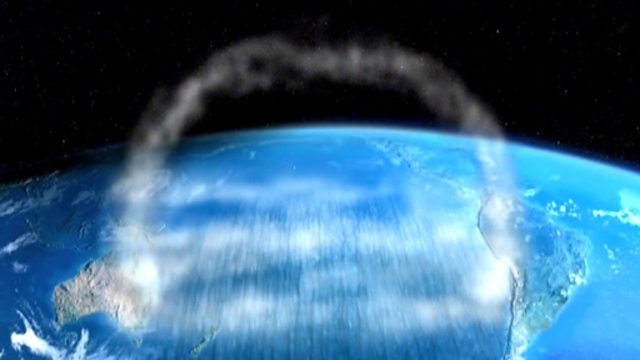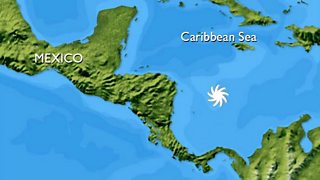
Ocean currents and winds - El Nino and La Nina
An introduction to the typical pattern of Pacific trade winds and the resulting impact on regional climates, with a description of the El Nino phenomenon.
An introduction to the typical pattern of Pacific trade winds and the resulting impact on regional climates, with a description of the El Nino phenomenon. Pacific trade winds typically blow from east to west. They are counteracted by upper atmosphere air movement in the opposite direction, forming a convection cell. The surface trade winds blow warm water from South America towards Indonesia and Australia, resulting in rainy, tropical climates in this region, while the west coast of South America remains cool and arid. El Nino events occur every 4 to 5 years and are characterised by a dramatic reduction in the strength of trade winds. The convective cell breaks down, and warm water accumulates off the South American coast, precipitating high rainfall, while the west side of the Pacific region experiences drier than average weather. La Nina is a related phenomenon, where the trade winds blow more strongly than usual, exacerbating rainfall in the West Pacific and drought conditions along the South America coast. The causes of both events are not fully understood, however there is evidence to suggest they are occurring more frequently.
Duration:
This clip is from
More clips from Future Landscapes: Climate Change and Urbanisation
-
![]()
Shanty town growth and development
Duration: 04:25
-
![]()
Shanty town growth and development (no narration)
Duration: 04:26
-
![]()
From brownfield to cityscape (pt 2/3)
Duration: 03:27
More clips from Curriculum Bites
-
![]()
Creating parody—English
Duration: 02:33
-
![]()
Finishing a draft—English
Duration: 02:32






